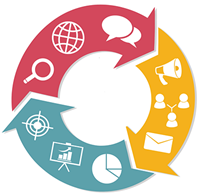
Systems Engineering Tools in Requirements Development
Last updated: February 24, 2024 Read in fullscreen view
- 15 Feb 2024
 What is a Cut-Over in Software Development? 39/1198
What is a Cut-Over in Software Development? 39/1198 - 02 Nov 2023
 Differences between software walkthrough, review, and inspection 27/2008
Differences between software walkthrough, review, and inspection 27/2008 - 01 Sep 2022
 Facts Chart: Why Do Software Projects Fail? 7/544
Facts Chart: Why Do Software Projects Fail? 7/544 - 01 Feb 2024
 How long does it take to develop software? 6/210
How long does it take to develop software? 6/210 - 08 Nov 2022
 4 tips for meeting tough deadlines when outsourcing projects to software vendor 6/254
4 tips for meeting tough deadlines when outsourcing projects to software vendor 6/254 - 06 Mar 2021
 4 things you need to do before getting an accurate quote for your software development 5/616
4 things you need to do before getting an accurate quote for your software development 5/616 - 16 Apr 2021
 Insightful Business Technology Consulting at TIGO 4/377
Insightful Business Technology Consulting at TIGO 4/377 - 10 Apr 2021
 RFP vs POC: Why the proof of concept is replacing the request for proposal 3/257
RFP vs POC: Why the proof of concept is replacing the request for proposal 3/257 - 09 Mar 2022
 Consultant Implementation Pricing 3/185
Consultant Implementation Pricing 3/185 - 16 Feb 2021
 Choose Outsourcing for Your Non Disclosure Agreement (NDA) 3/150
Choose Outsourcing for Your Non Disclosure Agreement (NDA) 3/150 - 07 Jul 2021
 The 5 Levels of IT Help Desk Support 2/380
The 5 Levels of IT Help Desk Support 2/380 - 02 May 2022
 What Is RAID in Project Management? (With Pros and Cons) 2/735
What Is RAID in Project Management? (With Pros and Cons) 2/735 - 10 Jan 2024
 Like for Like – how to preserves existing business and leverage technological advancement 2/337
Like for Like – how to preserves existing business and leverage technological advancement 2/337 - 09 Feb 2023
 The Challenge of Fixed-Bid Software Projects 1/191
The Challenge of Fixed-Bid Software Projects 1/191 - 30 Oct 2022
 How Much Does MVP Development Cost in 2023? 1/172
How Much Does MVP Development Cost in 2023? 1/172 - 07 Aug 2022
 Things to Consider When Choosing a Technology Partner 1/254
Things to Consider When Choosing a Technology Partner 1/254 - 07 Oct 2022
 Digital Transformation: Become a Technology Powerhouse 1/217
Digital Transformation: Become a Technology Powerhouse 1/217 - 01 Oct 2024
 23 Overlooked Types of Non-Functional Requirements You Shouldn’t Ignore 1/19
23 Overlooked Types of Non-Functional Requirements You Shouldn’t Ignore 1/19 - 01 May 2023
 CTO Interview Questions 1/299
CTO Interview Questions 1/299 - 10 Jul 2025
 Building AI-Driven Knowledge Graphs from Unstructured Data 1/117
Building AI-Driven Knowledge Graphs from Unstructured Data 1/117 - 21 Oct 2025
 Cloud-Native Development: Why It’s the Future of Enterprise IT /43
Cloud-Native Development: Why It’s the Future of Enterprise IT /43 - 17 Mar 2025
 IT Consultants in Digital Transformation /62
IT Consultants in Digital Transformation /62 - 03 Jul 2022
 What is the difference between Project Proposal and Software Requirements Specification (SRS) in software engineering? /957
What is the difference between Project Proposal and Software Requirements Specification (SRS) in software engineering? /957 - 03 Nov 2022
 Top questions and answers you must know before ask for software outsourcing /265
Top questions and answers you must know before ask for software outsourcing /265 - 09 Jan 2022
 How to Bridge the Gap Between Business and IT? /165
How to Bridge the Gap Between Business and IT? /165 - 20 Nov 2022
 Software Requirements Are A Communication Problem /234
Software Requirements Are A Communication Problem /234 - 01 Mar 2023
 How do you deal with disputes and conflicts that may arise during a software consulting project? /145
How do you deal with disputes and conflicts that may arise during a software consulting project? /145
System Engineering is all about dealing with complexity, as it helps avoid invalid assumptions and help to manage different issues - all for the purpose of producing the most effective and efficient solution. So, what are the main differences between traditional methods (DBSE) and modern methods (MBSE, FBSE, OOSE)? During this article, we will guide you through everything you need to know related to these methods.
Document-Based System Engineering (DBSE)
- Structured Documentation: Most organizations prefer the well defined and well-structured documents, to gather all the important and relevant information about the system that stakeholders are willing to develop and improve.
- Traceability links: DBSE is utilized in maintaining traceability links between various documents. Such traceability helps the organization tremendously with clarity, as it ensures that every decision, design choice or requirement is documented appropriately and could be traced all the way to its source effectively.
- Version management: It is important to get proper version management, to track changes and optimizations over time - ensuring that all parties involved are being updated regularly with relevant and up-to-date information.
Model-Based Systems Engineering (MBSE)
Model-based systems engineering (MBSE) is a methodology that focuses on creating and exploiting digital system and engineering domain models as the primary means of exchange of information, feedback, and requirements, as opposed to document-centric systems engineering.
This approach allows for a more holistic view of the system by considering not just individual components but also their interactions and dependencies. The goal of systems engineering within MBSE is to ensure that all stakeholders clearly understand how the different elements within a system interact with each other.
MBSE is defined as “the formalized application of [system] modeling to support system requirements, design, analysis, verification, and validation activities beginning in the conceptual design phase and continuing throughout development and later life cycle phases” (INCOSE). This approach is valued more than the traditional document based approach. This information becomes difficult to maintain and keep in sync as the system grows and becomes more complex. The MBSE approach “enhances the ability to capture, analyze, share, and manage the information associated with the specification of a product” (INCOSE). This results in improved communications, increased ability to manage system complexity, improved product quality, enhanced knowledge capture, and improved ability to teach and learn systems engineering fundamentals.
Functions-Based Systems Engineering (FBSE)
The functions-based systems engineering method (FBSE) is a middle-tier approach of function decomposition where “a function is an operation, task or action that must be performed to achieve a desired outcome. In other words, the FBSE describes what the system will do, without going into the details of how it will be done.
Some key outputs of this process are diagrams, behavior diagrams, control flow diagrams, data flow diagrams, entity relationship diagrams, functional flow block diagrams, data dictionaries, models, subfunctions and simulation results.
Object-Oriented Systems Engineering (OOSE)
The object-oriented systems engineering method (OOSE) “integrates object-oriented concepts with model-based and traditional SE methods to help architect flexible and extensible systems that accommodate evolving technologies and changing requirements”. The main objectives are to capture information throughout the life cycle to analyze, design, verify, and validate a system; integrate MBSE methods with object-oriented software/hardware; and support system-level reuse and design evolution.
Object-oriented development emphasizes the design phase of systems development, revealing system problems early in the design process.
OOSE focuses on the reuse and inheritance, with high-fidelity documents such as "mockups", "prototypes", "interactive screens" (i.e. HTML pages) and artifacts like Scaffolding Design, Database Specification etc.
Conclusion
Except the traditional method "DBSE", the remaining three main types of cross cutting requirements development tools are the modern methodologies to implement the complex projects in VUCA times.
These three methods play a role in the requirements development technical process. The MBSE process can be utilized to visually link needs to stakeholders and show relationships between different stakeholder needs. Once all of the requirements have been gathered, the FBSE method can be used to develop a functional architecture that shows what the system will do. The OOSE method can then be combined with the other processes to test the system and ensure that the stakeholder needs have been met and then be used to verify and validate the system.
FAQ: Questions you might ask
What is the difference between DBSE and MBSE?
- MBSE uses graphical models to provide dynamic and visual representations while DBSE relies on written data. Therefore MBSE is also known as a "static document", "frozen document" or "dead document".
- MBSE enhances teamwork and collaboration through shared platforms that enable real-time updates, whereas DBSE frequently requires managing several documents, which presents version control problems. Therefore MBSE is also known as a "living document".
Why is MBSE so popular?
MBSE is becoming increasingly popular in the engineering world due to its ability to improve communication, collaboration, and efficiency in the design process.
What is the difference between Agile and MBSE?
MBSE places a greater emphasis on using models to capture and communicate system information, whereas Agile prioritizes working software as the primary measure of progress.
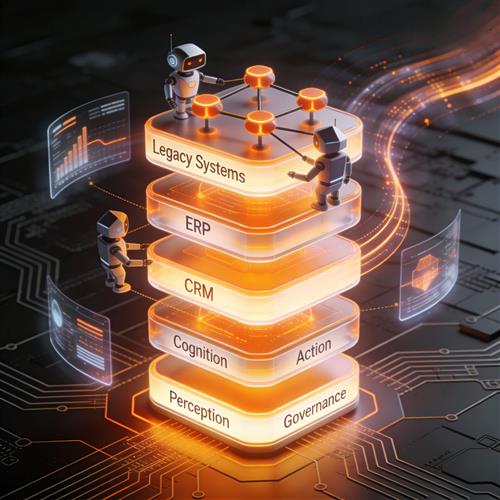

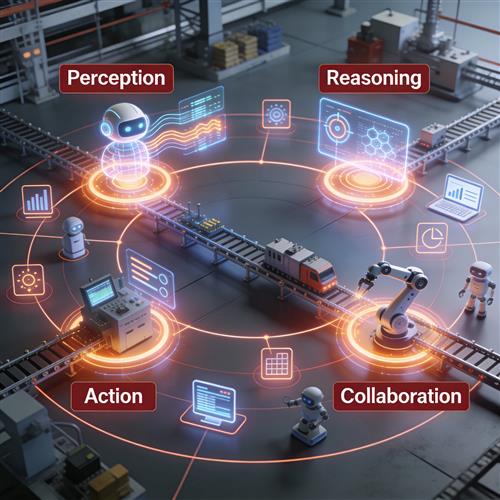



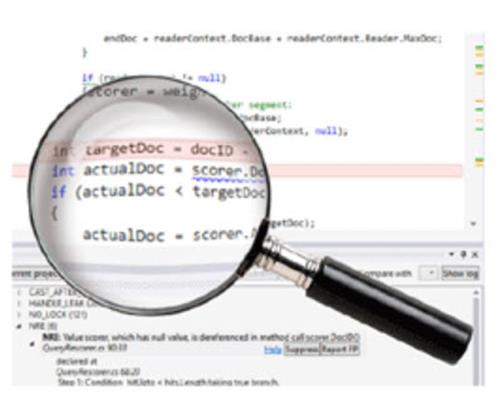




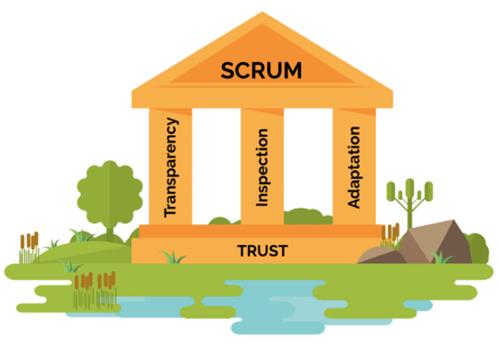
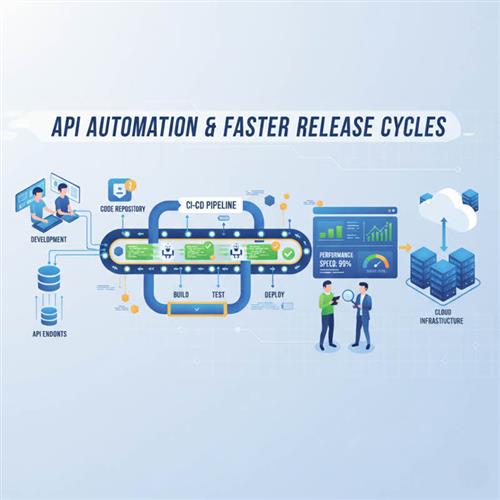
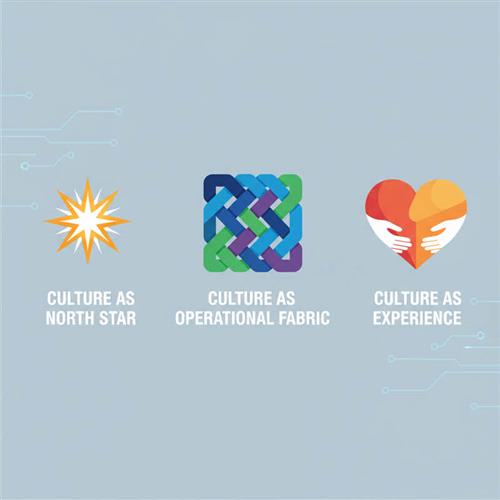
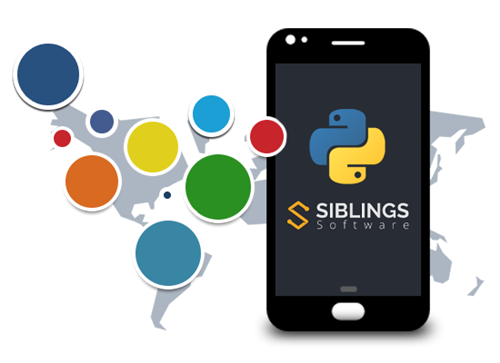

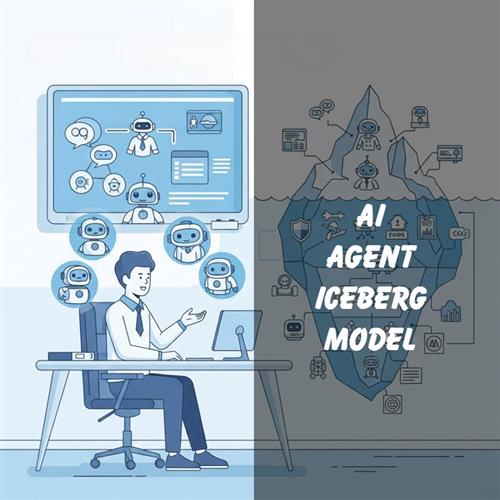

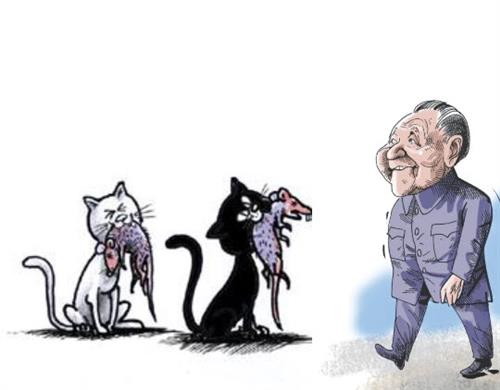
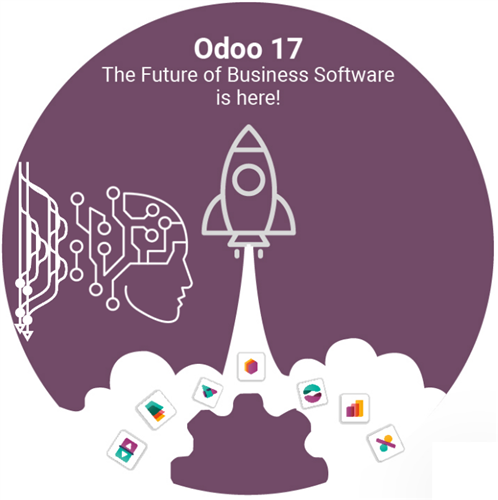

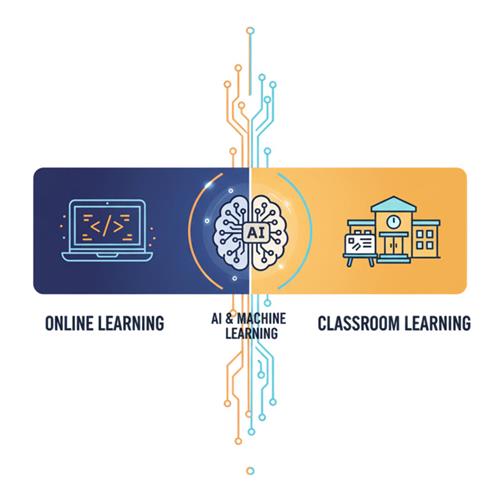

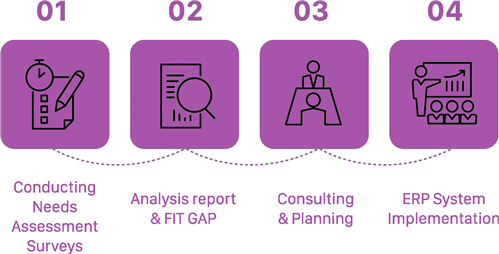











 Link copied!
Link copied!
 Recently Updated News
Recently Updated News